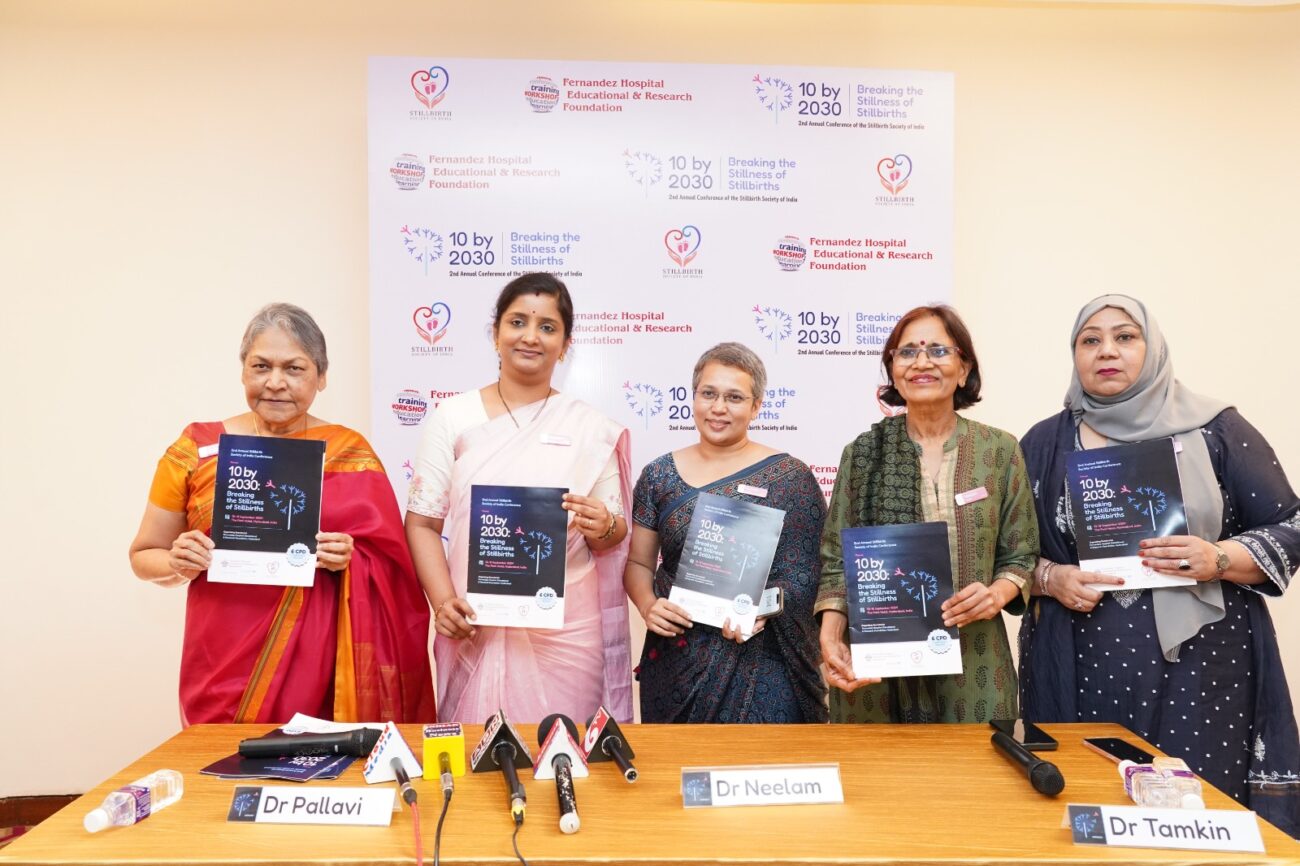Reducing Stillbirth Rate to 10 by 2030: Target set at SBSI Annual Meet
The conference pledged to reduce India’s stillbirth rate to 10 per 1,000 births by 2030 Hosted by Fernandez Hospital Educational and Research Foundation (FHERF) and Stillbirth Society of India Over 200 healthcare professionals, policymakers,

- The conference pledged to reduce India’s stillbirth rate to 10 per 1,000 births by 2030
- Hosted by Fernandez Hospital Educational and Research Foundation (FHERF) and Stillbirth Society of India
- Over 200 healthcare professionals, policymakers, researchers, and community advocates attended the three-day event
Fernandez Hospital Educational and Research Foundation (FHERF), in partnership with the Stillbirth Society of India, proudly hosted the 2nd Annual Stillbirth Society of India Conference from 13-15 November at the Park Hotel, Hyderabad. The event brought together over 200 healthcare professionals, policymakers, researchers, and community advocates, all driven by a common goal: to reduce India’s stillbirth rate to 10 per 1,000 births by 2030.
The three-day conference was led by eminent global faculty and featured immersive workshops, research paper presentations, keynote talks, and engaging panel discussions. The event provided a platform for the exchange of ideas, the latest research findings, and valuable insights into the best practices for stillbirth prevention.
Dr Neelam Agarwal, President of the Stillbirth Society of India, highlighted the urgent need for action, stating, “Improving access to high-quality maternal and neonatal healthcare is the cornerstone of reducing stillbirths in India. We must work together to ensure that every mother receives the care she deserves and every baby is given a chance at life.”
Dr Nuzhat Aziz, Vice President of the Stillbirth Society of India and Head of Emergency Obstetrics at Fernandez Hospital, reinforced this message, adding, “It’s not just about reducing numbers. It’s about saving families from the heartbreak of losing a child. With a comprehensive approach and innovative solutions, we can bring these rates down and support families through better care and education.”
The conference not only facilitated learning but also strengthened partnerships and collaborations between stakeholders across different sectors. These collaborations aim to drive policy changes, enhance community outreach, and encourage capacity building to combat stillbirths.
Currently, India’s stillbirth rate stands at approximately 13.9 per 1,000 births, which is significantly higher than the global average of 9. Stillbirths, which are defined as the birth of an infant who dies in the womb after 28 weeks of pregnancy, remain a pressing public health challenge. The aim of the conference was to encourage collective action toward this goal by sharing strategies, innovative interventions, and building a robust support system.
The 2nd Annual Stillbirth Society of India Conference stands as a testament to the ongoing commitment of both FHERF and the Stillbirth Society of India to improve outcomes for mothers and newborns across the country. As the nation moves toward its 2030 target, the partnerships and knowledge shared during this event will play a vital role in shaping the future of maternal healthcare in India.






